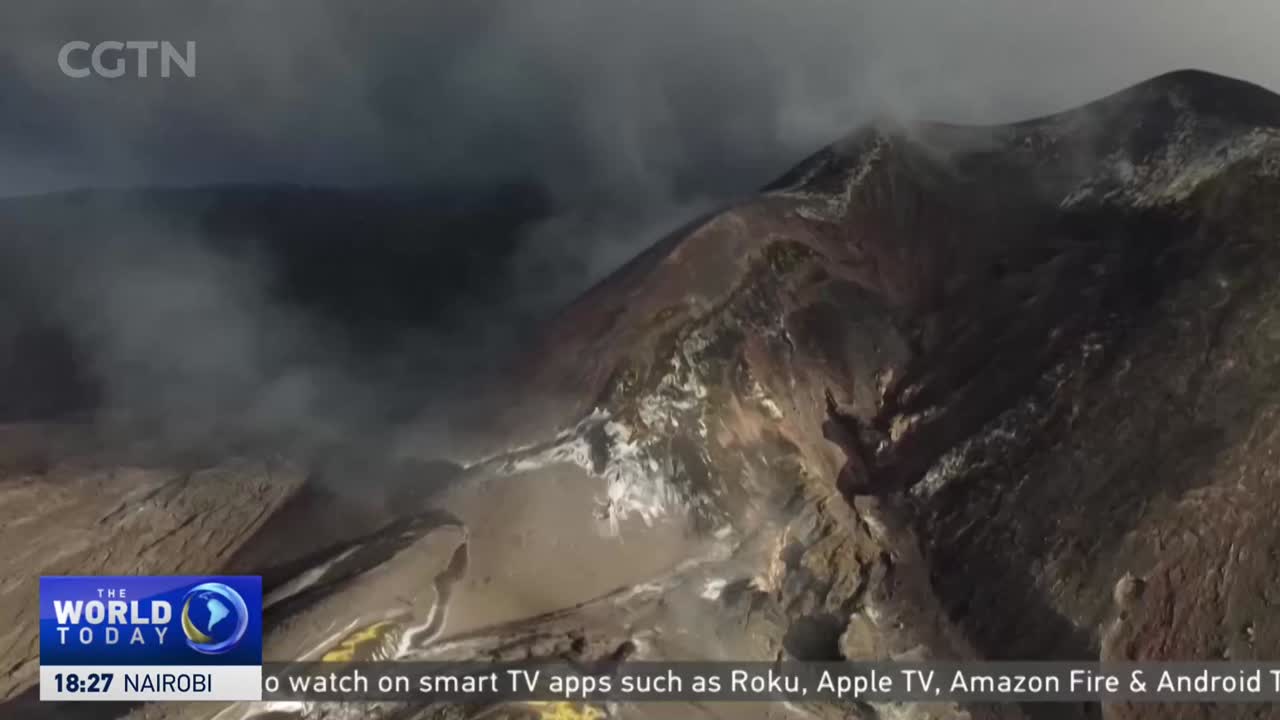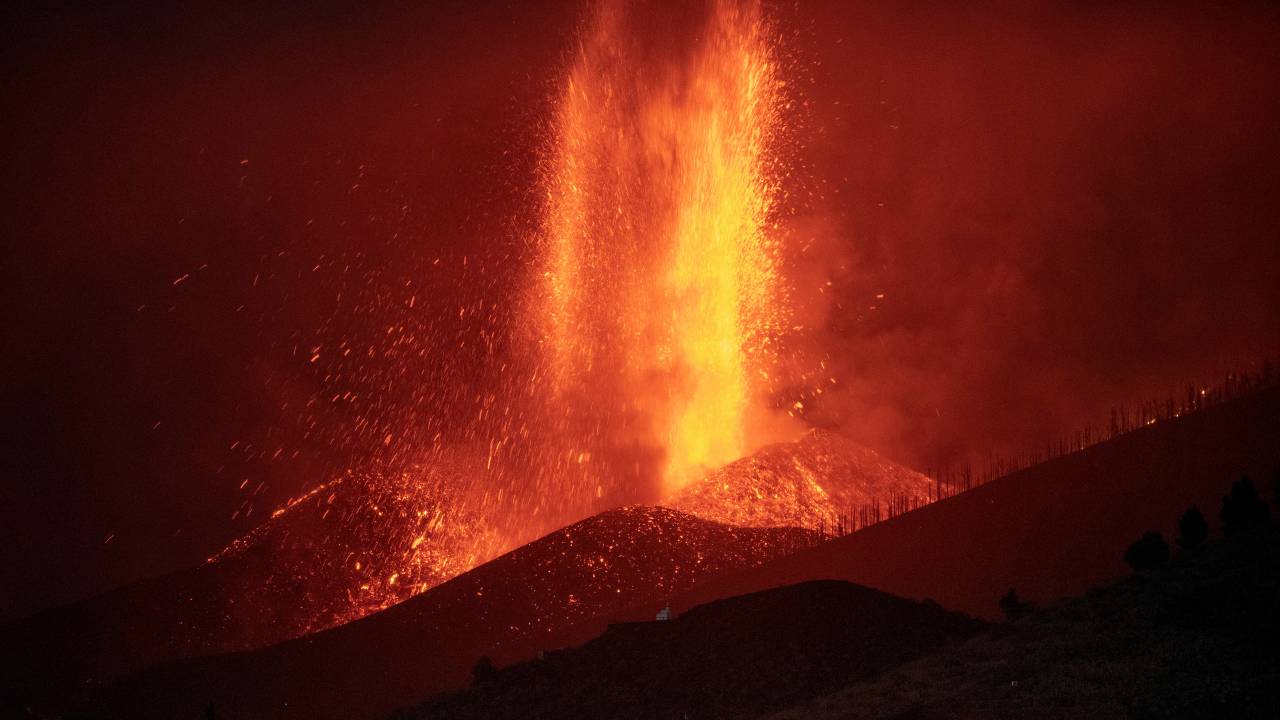02:17

The spectacular lava flows may have ended, and the red-hot plumes of ash and rock no longer light up the night sky. But the effects of last year's volcanic activity and earthquake continue to change the lives of many on the island of La Palma.
The first eruptions damaged over 3,000 buildings and caused large numbers of residents to be displaced.
Still Waiting To Go Home
Many families still live in temporary accommodation and have to wait to be rehoused. Others cannot return to their businesses because it's simply not safe to return.
Some individuals and businesses have received grants, but Mariano Hernandez Zapata, President of the La Palma Island Council, told CGTN Europe that they were still pressing the government for money that was promised to them for essential reconstruction.
READ MORE
Iran promises 'transparent' Amini investigation
Fashion icon, war child, mother - life of a Queen
Chinese student comes to soprano's rescue
"We are still missing crucial aid pledged by the government," said Hernandez. "We have not received any money yet. We are in talks with the Home Office and the Ministry of Territorial Policy to access the funds as soon as possible. We have had to make up the shortfall with our financing.''
As a consequence, the local authorities have pushed on with the reconstruction. They have now reconnected the water supply to all affected southern neighborhoods and re-opened the main road that links the north and south. There is determination from all those living on the island to get back to normal.

Cumbre Vieja volcano in El Paso spews lava on September 23, 2001. /Desiree Martin/AFP
Cumbre Vieja volcano in El Paso spews lava on September 23, 2001. /Desiree Martin/AFP
Volcano Tourism
Over the last year, there has been an increase in 'Volcano Tourism.' La Palma is the least visited of the Canary Islands but its hotels have seen occupancy reach 80 percent.
It's attracted people worldwide who want to catch a glimpse of what the planet can produce.
Although scientist Rosa Mateos, from Spain's Geological and Mining Institute, IGME-CSIC Spain, warned visitors they still needed to be careful.
"It's still too soon for tourists to go close to the volcano and walk over the solidified lava. It will be a long time before they can do that. But tourists are coming to visit the volcano from a distance," she told CGTN Europe.
For the people who lived in some of the worst-hit areas, the gas being emitted is still at dangerously toxic levels. They cannot return home or to their businesses.
Experts have said it could take months, or in some cases, years - a desperately frustrating situation for those who must live with what mother nature has wrought.

